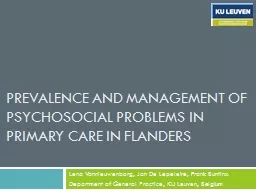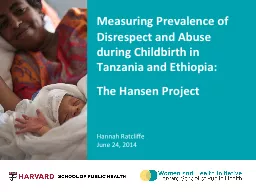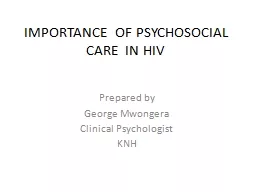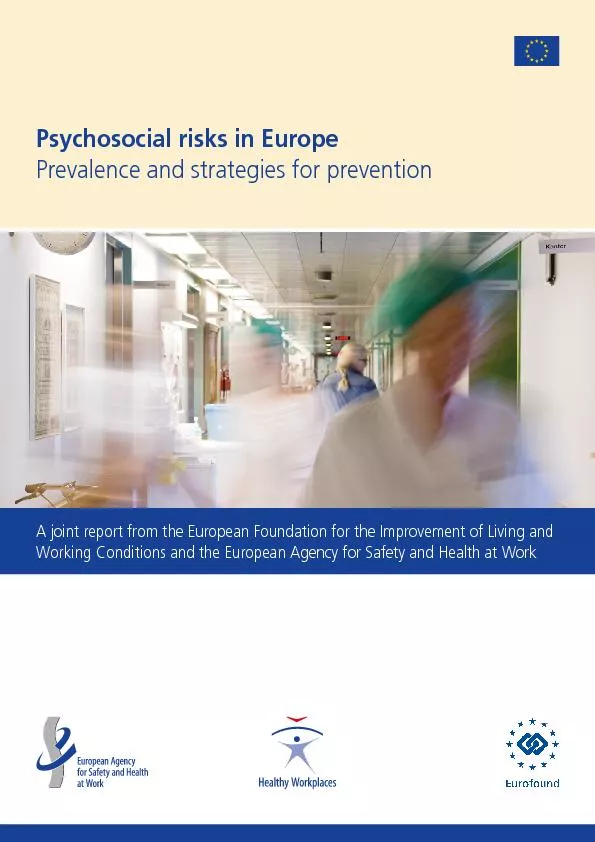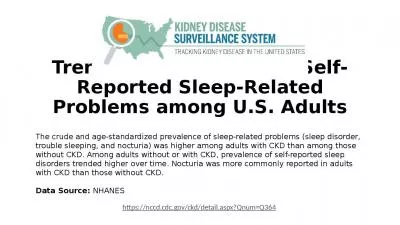PPT-Prevalence and management of psychosocial problems in primary care in Flanders
Author : alexa-scheidler | Published Date : 2018-11-02
Lena Vannieuwenborg Jan De Lepeleire Frank Buntinx Department of General Practice KU Leuven Belgium Project Description Objective To assess the prevalence presentation
Presentation Embed Code
Download Presentation
Download Presentation The PPT/PDF document "Prevalence and management of psychosocia..." is the property of its rightful owner. Permission is granted to download and print the materials on this website for personal, non-commercial use only, and to display it on your personal computer provided you do not modify the materials and that you retain all copyright notices contained in the materials. By downloading content from our website, you accept the terms of this agreement.
Prevalence and management of psychosocial problems in primary care in Flanders: Transcript
Download Rules Of Document
"Prevalence and management of psychosocial problems in primary care in Flanders"The content belongs to its owner. You may download and print it for personal use, without modification, and keep all copyright notices. By downloading, you agree to these terms.
Related Documents

